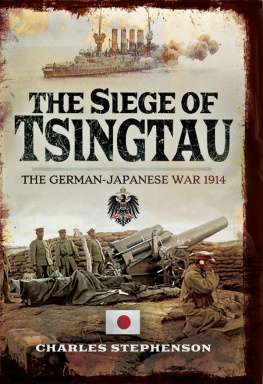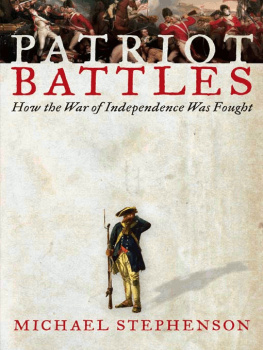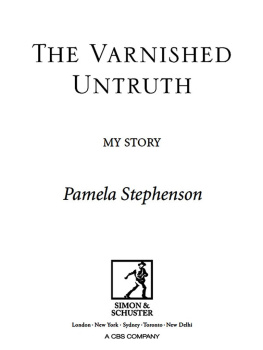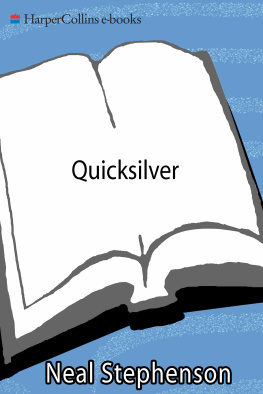
The Siege of Tsingtau
For Scotty
My old pal: Peter William Scott
11 May 194827 November 2016
Death drives an Airflow Chrysler on the streets of man
A hit and run driver cruising since the world began
The Siege of Tsingtau
The German-Japanese War 1914
Charles Stephenson
First published in Great Britain in 2017 by
Pen & Sword Military
an imprint of
Pen & Sword Books Ltd
47 Church Street
Barnsley
South Yorkshire
S70 2AS
Copyright Charles Stephenson 2017
ISBN 978 1 52670 292 0
eISBN 978 1 52670 294 4
Mobi ISBN 978 1 52670 293 7
The right of Charles Stephenson to be identified as the Author of this
Work has been asserted by him in accordance with the Copyright,
Designs and Patents Act 1988.
A CIP catalogue record for this book is available from the British
Library
All rights reserved. No part of this book may be reproduced or transmitted in any form or by any means, electronic or mechanical including photocopying, recording or by any information storage and retrieval system, without permission from the Publisher in writing.
Pen & Sword Books Ltd incorporates the imprints of Pen & Sword
Archaeology, Atlas, Aviation, Battleground, Discovery, Family
History, History, Maritime, Military, Naval, Politics, Railways, Select,
Transport, True Crime, Fiction, Frontline Books, Leo Cooper,
Praetorian Press, Seaforth Publishing and Wharncliffe.
For a complete list of Pen & Sword titles please contact
PEN & SWORD BOOKS LIMITED
47 Church Street, Barnsley, South Yorkshire, S70 2AS, England
E-mail:
Website: www.pen-and-sword.co.uk
List of Maps
1. East Asia, Australasia and the Pacific
2. Significant islands, island groups and atolls comprising the German Pacific Island Territory, 18851914
3. The Kiautschou Protectorate, 18971914
4. German Samoa, 18991914
5. The Shantung Peninsula: the Kiautschou Protectorate, the Neutral Zone and Weihaiwei
6. The Japanese Advance, SeptemberNovember 1914
7. Tsingtau: the defences and the siege, 1914
Introduction
P erhaps uniquely in terms of European Great Power royalty, Archduke Franz Ferdinand, the heir to the throne of the Hapsburgs, had a wife that protocol dictated he couldnt normally be seen with. Despite Sophie Chotek, the Duchess of Hohenberg, having been described as one of the cleverest and most accomplished women in Austria-Hungary, she was considered too socially inferior to sit at the top-table of the Imperial Court and most certainly wasnt to be generally observed on the arm of the heir presumptive. It was then ironic that on one of the few occasions that the couple were actually together in public they became immortalised for what happened to them. The place was Sarajevo, capital of Bosnia, the territory recently (1908) annexed by Austria-Hungary, and the date was 28 June 1914. News of the event flashed around the world. As is well known, the assassinations with, according to Austria-Hungary, the complicity of the Serbian government led to war; Austria-Hungary made a declaration of such with Serbia on 28 July 1914.
But what might have been the Third Balkan War quickly escalated into a general European conflict. The reasons why this happened are still debated, but there is little controversy in arguing that it became a worldwide war, indeed the First World War retrospectively, when Germany, France and the United Kingdom became embroiled. This was so because those polities had extra-European empires. So, for example, when the UK declared war with Germany on 4 August 1914, and with Austria-Hungary some eight days later, so did the rest of the British Empire. This included the self-governing dominions; as the then Canadian Prime Minister (Sir Wilfred Laurier) had stated the matter in 1910: When Britain is at war, Canada is at war; there is no distinction. There was little or no distinction with respect to the other dominions either; this was so even in South Africa where the war between the British Empire and the Boers had only ended twelve years earlier and many Boers still preserved anti-British sentiments.
Next page



















